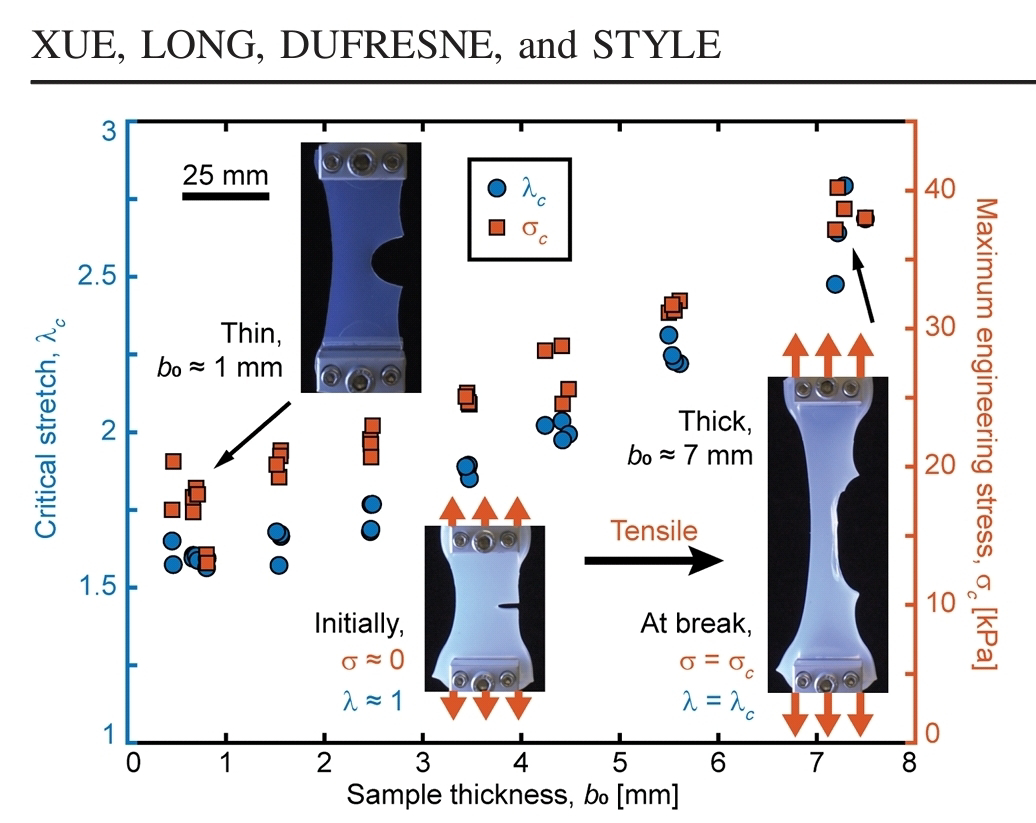<< ️Correlated structures are intimately connected to intriguing phenomena exhibited by a variety of disordered systems such as soft colloidal gels, bio-polymer networks and colloidal suspensions near a shear jamming transition. The universal critical behavior of these systems near the onset of rigidity is often described by traditional approaches as the coherent potential approximation - a versatile version of effective-medium theory that nevertheless have hitherto lacked key ingredients to describe disorder spatial correlations. >>
<< ️Here (AA) propose a multi-purpose generalization of the coherent potential approximation to describe the mechanical behavior of elastic networks with spatially-correlated disorder. (They) apply (their) theory to a simple rigidity-percolation model for colloidal gels and study the effects of correlations in both the critical point and the overall scaling behavior. (AA) find that although the presence of spatial correlations (mimicking attractive interactions of gels) shifts the critical packing fraction to lower values, suggesting sub-isostatic behavior, the critical coordination number of the associated network remains isostatic. More importantly, (AA) discuss how their theory can be employed to describe a large variety of systems with spatially-correlated disorder. >>
Jorge M. Escobar-Agudelo, Rui Aquino, Danilo B. Liarte. Effective-medium theory for elastic systems with correlated disorder. arXiv: 2510.02090v1 [cond-mat.stat-mech]. Oct 2, 2025.
Also: elastic, network, disorder, disorder & fluctuations, in https://www.inkgmr.net/kwrds.html
Keywords: gst, elasticity, networks, elastic networks, disorder, disorder & fluctuations.



